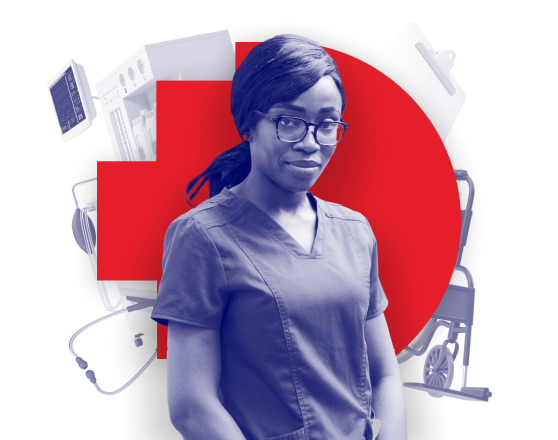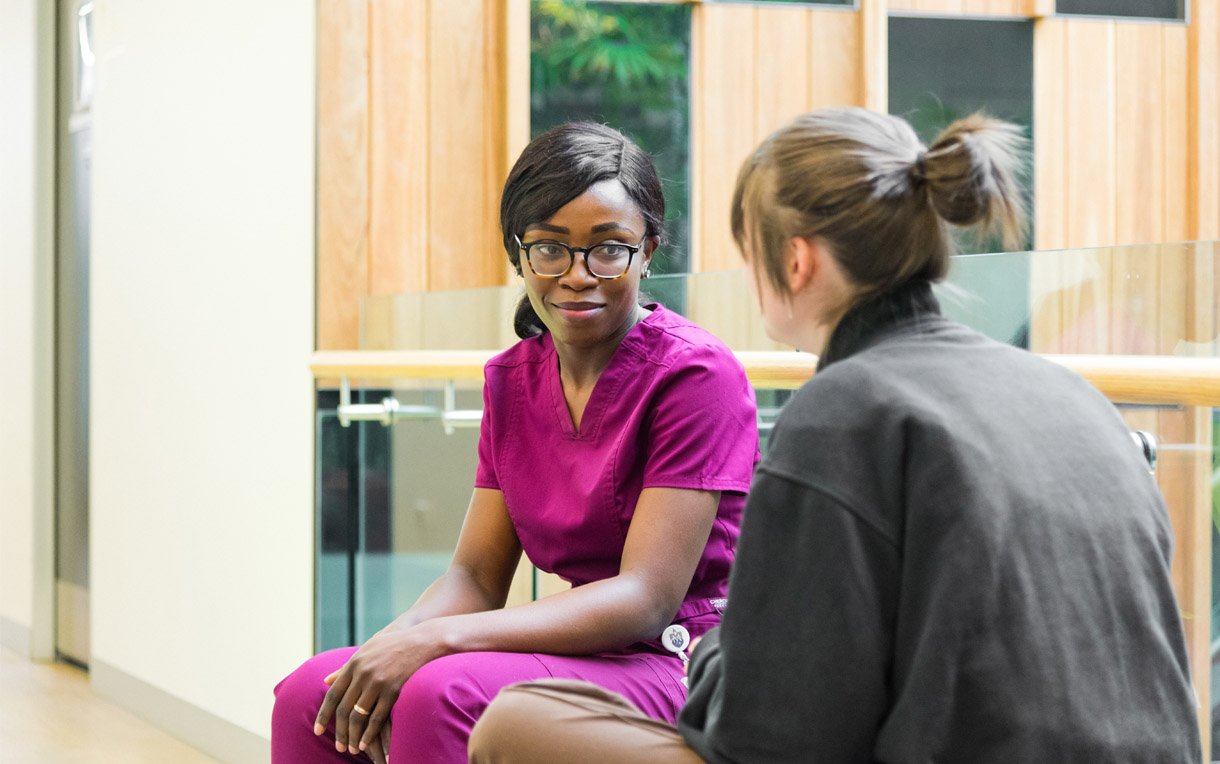The Bachelor of Nursing combines theory, nursing laboratory skills, clinical simulation and clinical practice to ensure you are job-ready at graduation. It provides a thorough grounding in biosciences and evidence-based care.
You'll also gain skills in caring for people in acute care settings, such as medical, surgical, and mental health nursing, as well as specialised areas of nursing practice.
You'll develop skills in our interactive nursing laboratories using high-fidelity simulation and gain experience in a diverse range of clinical placements. Together, this ensures you can provide the best healthcare to patients when you graduate.
Study in this degree is provided through face to face, on-campus instruction in large and small group laboratory learning experiences and simulation activities. You will also attend tutorials across the year levels, allowing you to draw together diverse concepts using patient-focused approaches. Further, you will acquire clinical skills in simulated laboratory environments and reinforce these skills in supervised work-integrated learning experiences. Finally, your learning opportunities will be supported by web-based activities.
In addition to your theoretical studies, you have the opportunity to undertake 20 weeks of clinical practice in a range of healthcare settings, including major metropolitan and/or rural hospitals and the community sector.
Throughout the degree, emphasis is placed on research-based nursing practice.






